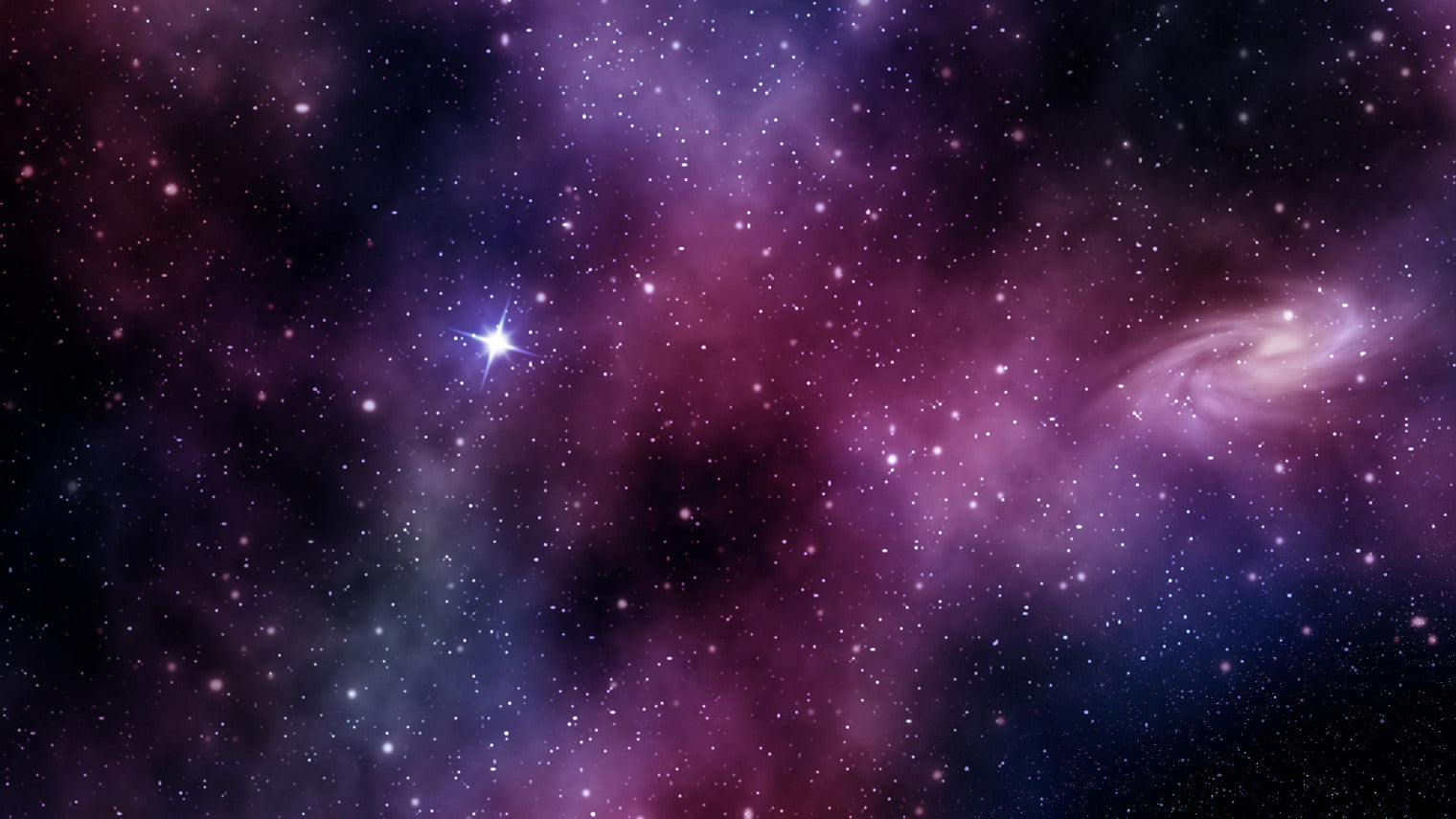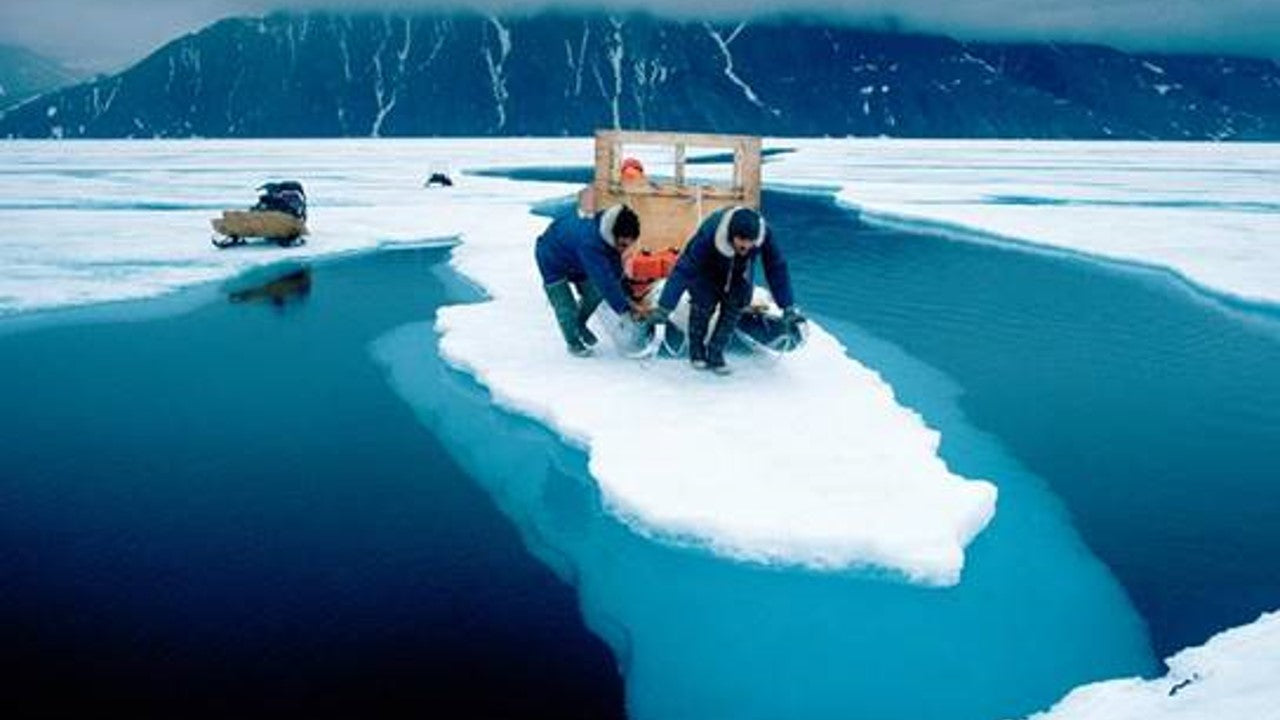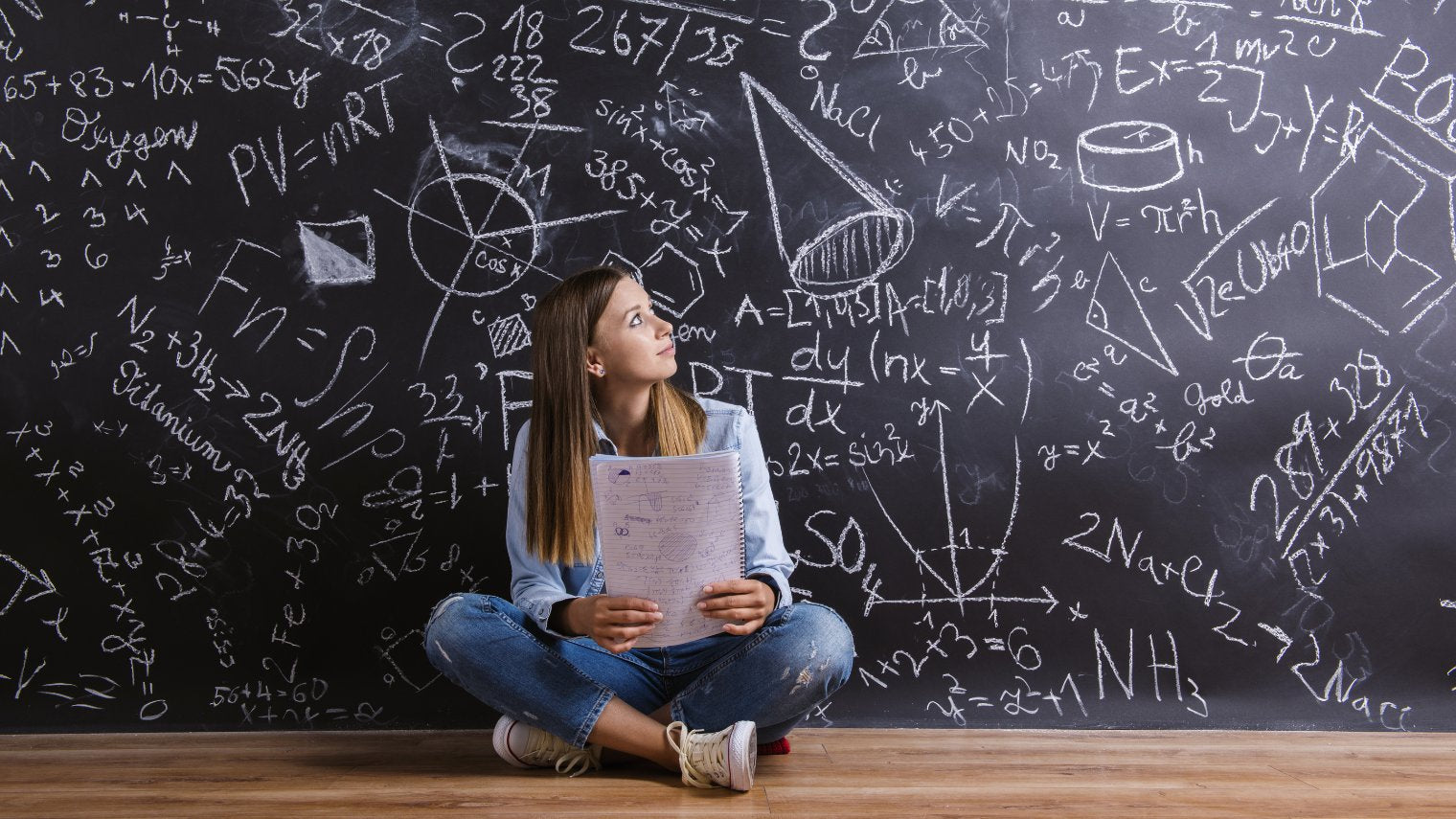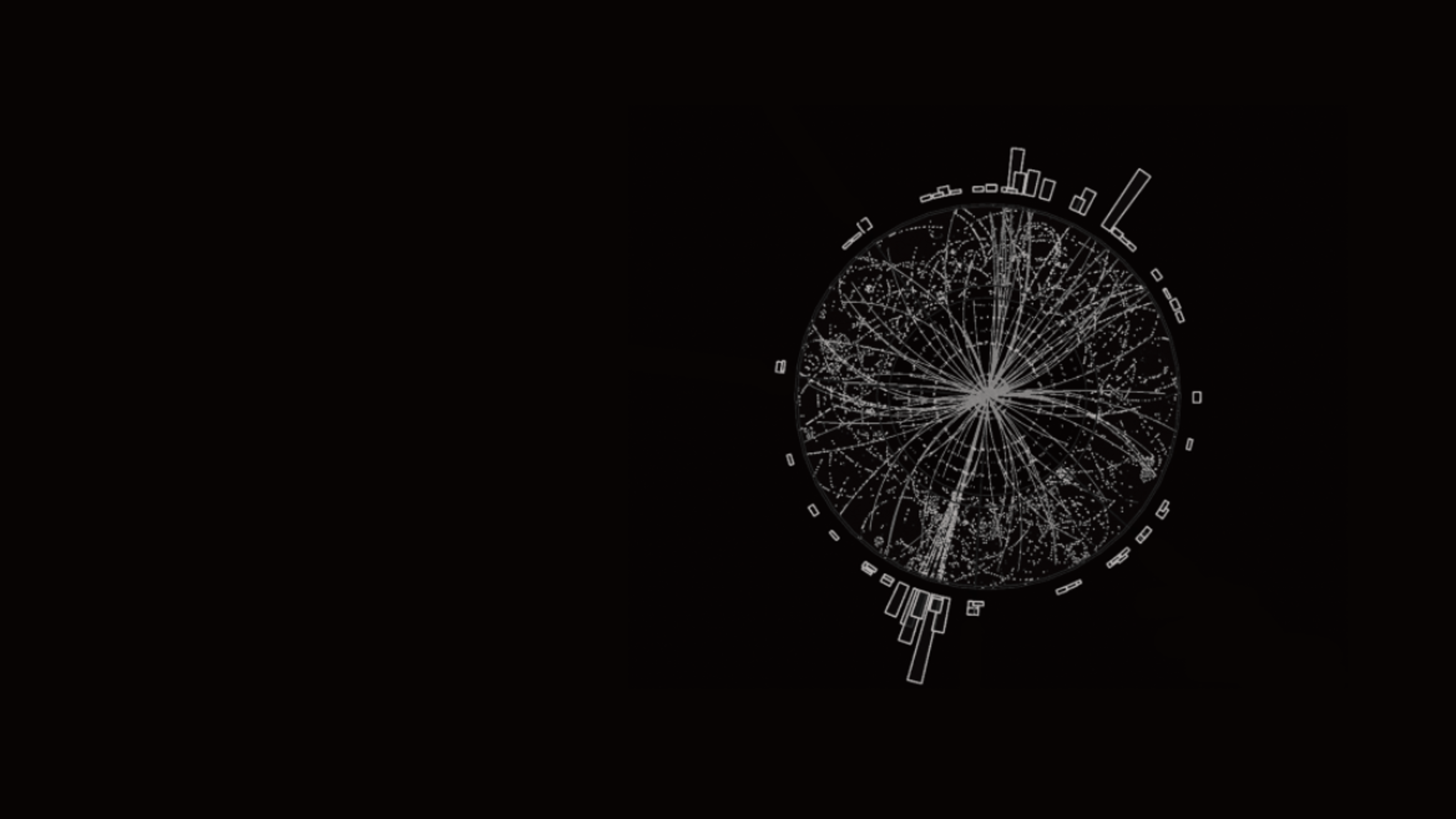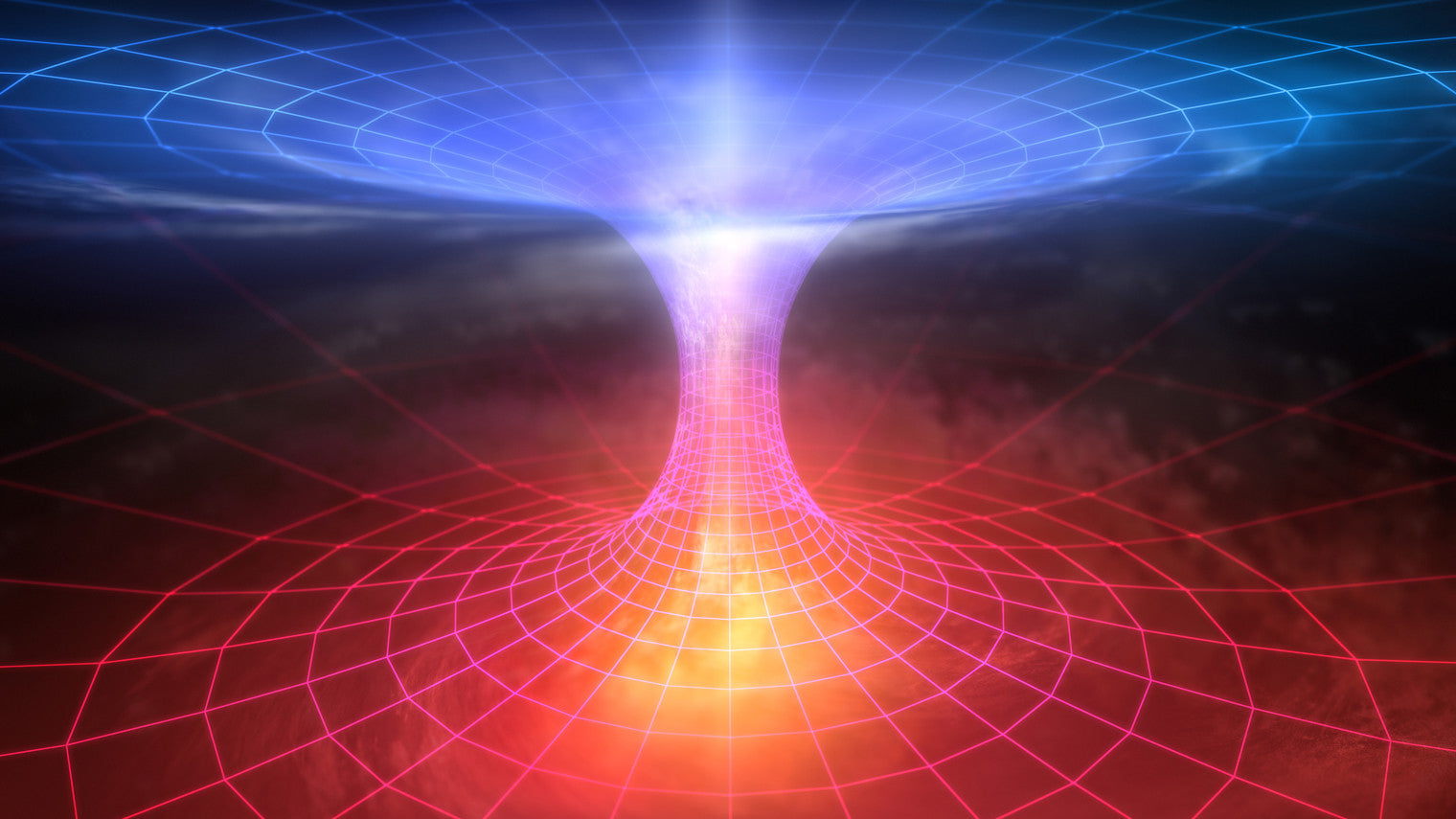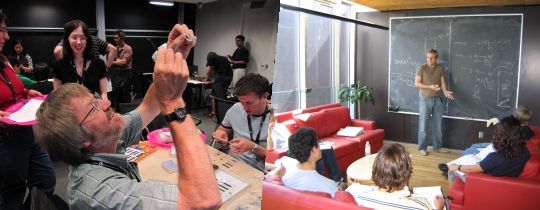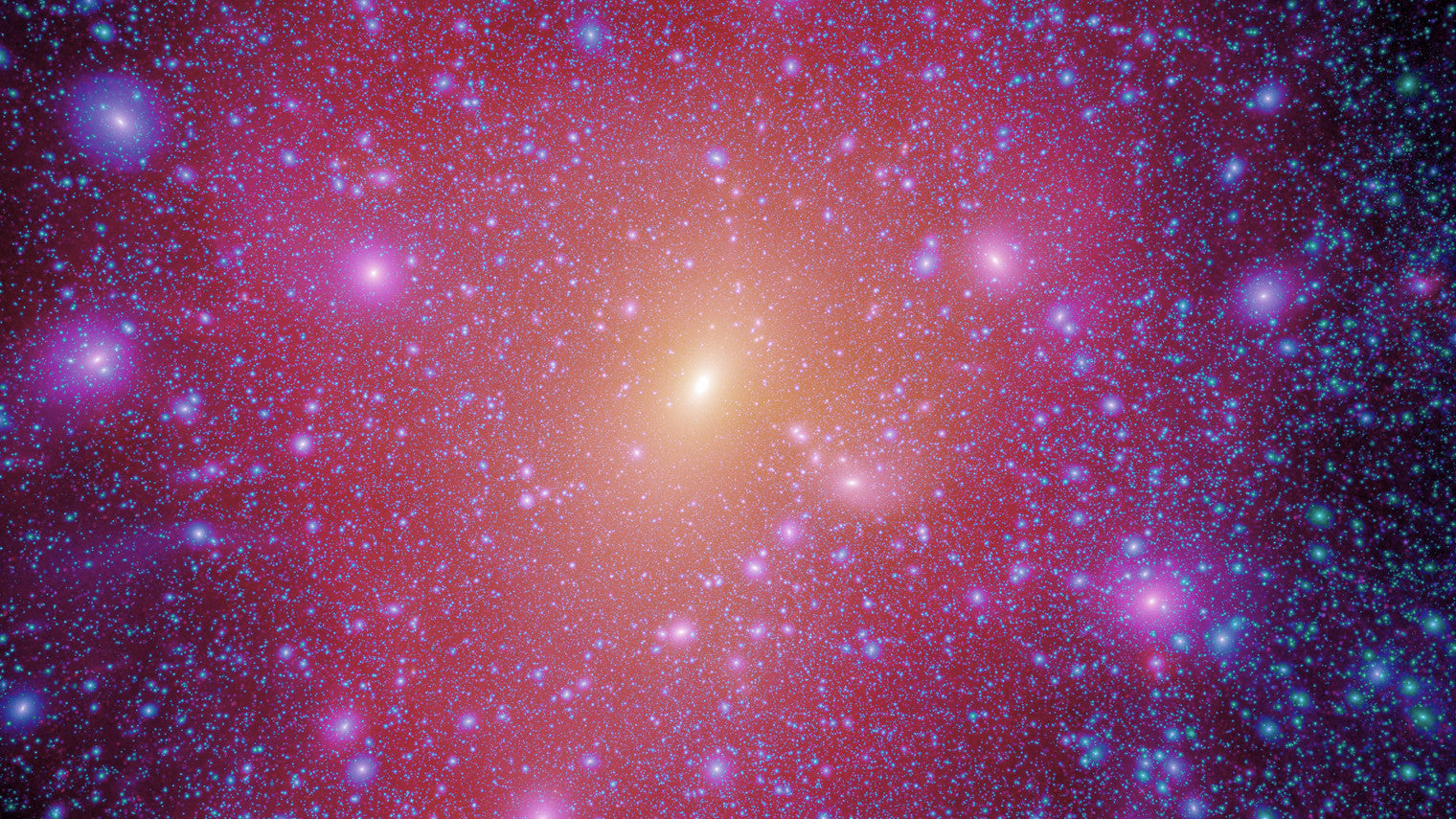
The Expanding Universe
New Download Options:
-
With Video includes our full videos
(100 MB, MOV files) - With YouTube Video link includes a link to the same videos on YouTube
This resource covers various topics in astronomy and space, including spectra, the Big Bang, and the expansion of the universe. It includes hands-on and collaborative activities, such as card sorts, a lab activity, and demonstrations.

The Expansion of Space

Students take measurements on a model universe made from elastics and metal washers. They plot the data they obtain and learn that more distant galaxies move away from Earth more than closer ones.
The Signature of the Stars

Students are introduced to the idea that every element has a unique spectrum. They analyze various emission spectra and determine the elements in them. Next, they analyze the redshifted spectra of various galaxies and plot a graph of galaxy speed versus distance. Finally, they use the graph to calculate the Hubble constant and the age of the universe.
The View from There

Students watch a short video on what Earth would look like from different distances away. Because the speed of light is finite, it takes light longer to reach parts that are more distant. Students are assigned a distant astronomical object and figure out what Earth would look like from their object. Finally, they create a presentation on their findings.
Why Is the Sky Dark at Night?
This activity explores why the sky is dark at night when there are so many stars (Olber’s paradox). Students use a balloon with dots drawn on it to explore how the intensity of light decreases with distance. They study the inverse square law of light and apply it to astronomical observations of stars and galaxies. Finally, students are led to what we can conclude about the universe from the fact that the night sky is dark.
The Big Bang and the Early Universe

Students model the expansion of the universe using a balloon, markers, and a flashlight. Next, they role-play being subatomic particles and illustrate how their behaviour changes as the universe expands. Finally, students learn about how the expansion of the universe stretches light and leads to the cosmic microwave background radiation.
Case Study: How Did the Universe Begin?

This literacy activity is based on a two-page summary of the Big Bang model. Students read it and then answer a number of comprehension questions.
Newsflash: Birth of the First Elements?

Students form small groups, each of which is given a different informational card. Each card has a fact about the formation of chemical elements in the early universe. Students read their card and then collaborate with other groups by swapping cards. As students acquire more information, they try to piece together the full story.
Predict, Observe, Explain Demonstrations
Two short demonstrations on different topics. The first demonstration uses an elastic bandage to illustrate gravitational redshift. The second demonstration illustrates how the Big Bang had no centre.


